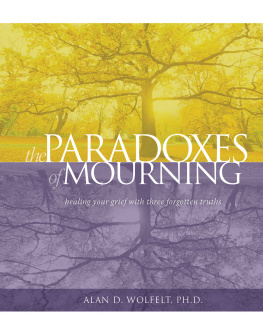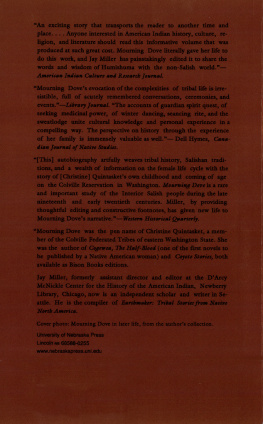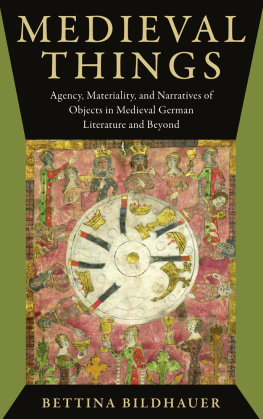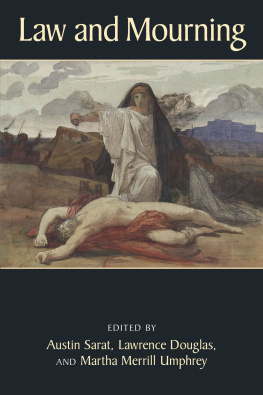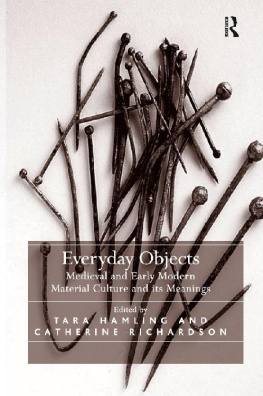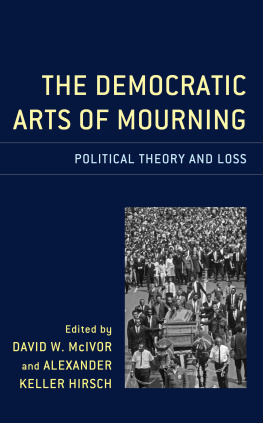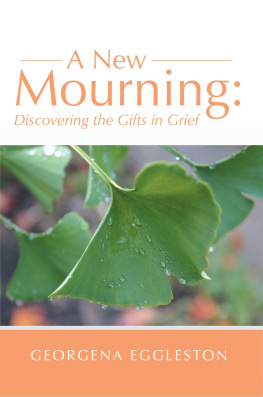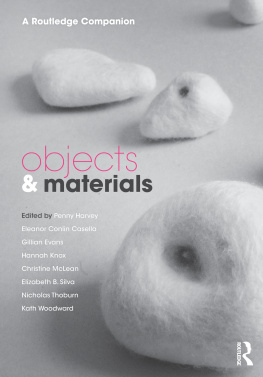Helen I. Ackers is a Classical Archaeologist whose research is focused on the art and material culture of the Ancient World. Her current research interests are Roman womens portraiture and the function and display of the portrait bust in the Roman era. In 2016 she received her DPhil on Portrait Busts of Roman Women in the Third century AD from Wolfson College, University of Oxford. She has subsequently held an All Scholars Fulbright award, for which she was based at Duke University, and a Teaching Fellowship in Classical Visual Culture at the University of Warwick.
Kate A. Beats is Ceramics Specialist at the Cambridge Archaeological Unit, University of Cambridge. She received her Doctorate in Classics from the University of Warwick. Her work on the history of collections at the Fitzwilliam Museum led to an interest in the reception of ancient vases in eighteenth-century Britain, particularly in the funerary context. Currently, Kate is researching antiquarian collecting habits in Britain as well as continuing to develop her interest in neoclassicism.
Emily Brayshaw works at the Faculty of Design, Architecture and Building at the University of Technology Sydney, where she received her PhD in 2016. Emilys research and pedagogical interests include how fashion, dress and performance costume were used to communicate economic, social and cultural meanings in the 19th and 20th Centuries.
Michael Brennan is Senior Lecturer in Sociology at Liverpool Hope University. His recent work has explored the material practices and identificatory dynamics surrounding public mourning; the narrative practices of the self invoked in pathographic accounts of public dying; and the productive uses of creativity triggered by absence and loss. He is the author of Mourning and Disaster (2008) and editor of The A-Z of Death and Dying (2014).
Douglas J. Davies is Professor in the Study of Religion at the University of Durham. He is both an anthropologist and a theologian with theoretical and practical interests. He has published widely on death and funerary customs, and is also interested in the connections between religion and emotions and was part of the AHRC Emotions Network between 2008 and 2011. His books include Emotion, Identity, and Religion: Hope, Reciprocity, and Otherness (2011); with Hannah Rumble, Natural Burial: Traditional-Secular Spiritualities and Funeral Innovation (2012) and Mors Britannica: Lifestyle and Death-style in Britain Today (2015). He also co-edited (with Lewis Mates) the Encyclopedia of Cremation (2005).
Charlotte Heath-Kelly is Associate Professor of Politics and International Studies at Warwick University. Her research explores the memorialisation of post-terrorist space across Europe and the United States from psychoanalytic and Heideggerian angles. She has published two monographs, Death and Security: Memory and Mortality at the Bombsite (2016) and Politics of Violence: Militancy, International Politics, Killing in the Name (2013).
Valerie M. Hope is a Senior Lecturer in Classical Studies at the Open University, with research interests centred on Roman funerary and mourning customs. Publications include: Roman Death (2009), Death in Ancient Rome: A Sourcebook (2007); and the co-edited volumes War as Spectacle: Ancient and Modern Perspectives on the Display of Armed Conflict (2015), Memory and Mourning: Studies on Roman Death (2011) and Death and Disease in the Ancient City (2000).
Anne Kjrsgaard is a Postdoctoral researcher in the Department of Practical Theology and Church History, School of Society and Culture, Aarhus University, Denmark. She conducted her doctoral research at the Centre for Thanatology, Radboud University, the Netherlands. She is the author of Funerary Culture and the Limits of Secularization in Denmark (2017). In her current position she takes part in the research project Death, Memory and Religion and she focuses on how grave-visting is experienced by mourners.
Zahra Newby is Professor of Classics and Ancient History at the University of Warwick. Her research focuses on Roman art and she has published widely on the subject of Roman funerary art, ancient athletics, art and text, and the uses of myth in Roman art. Her books include


